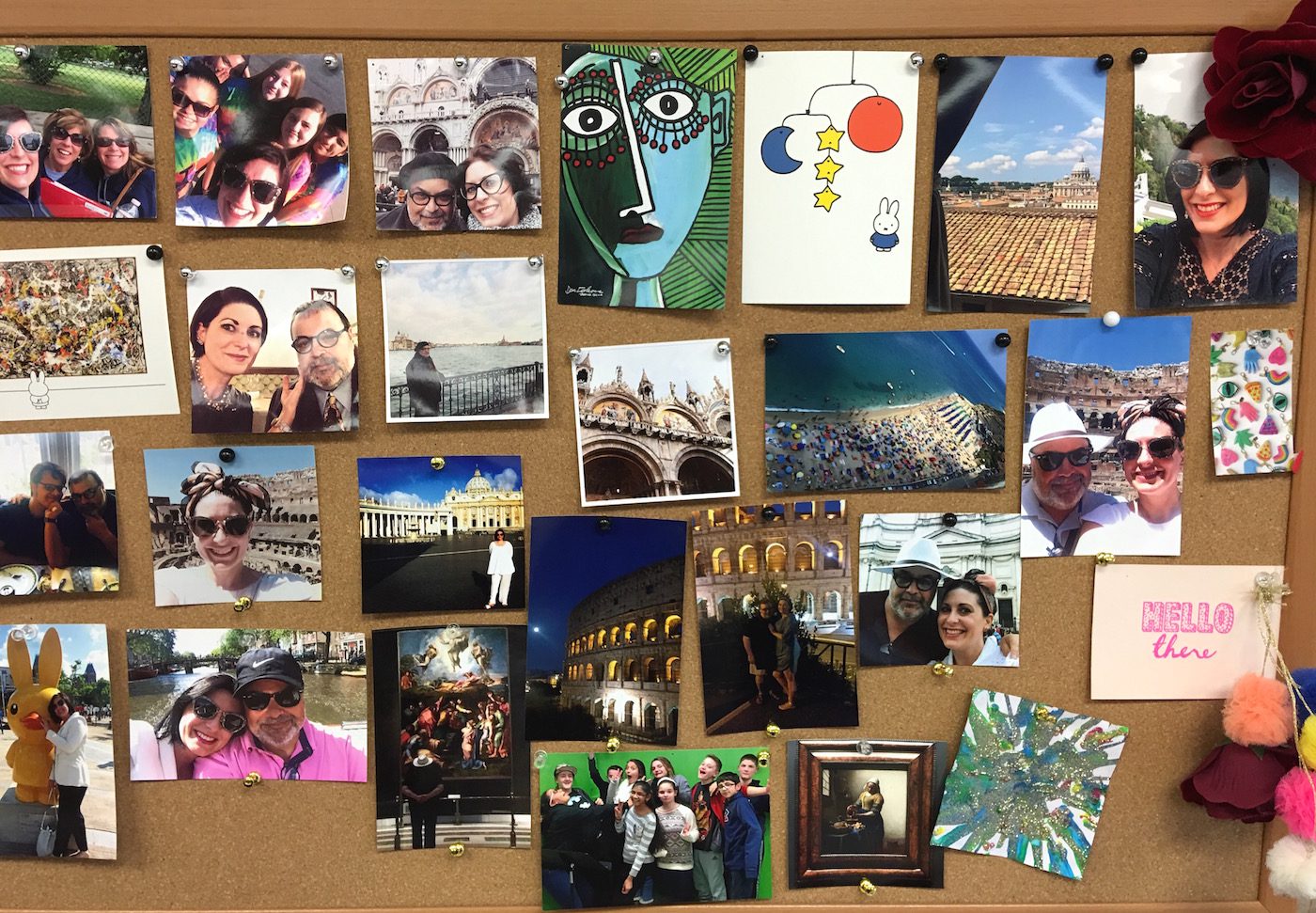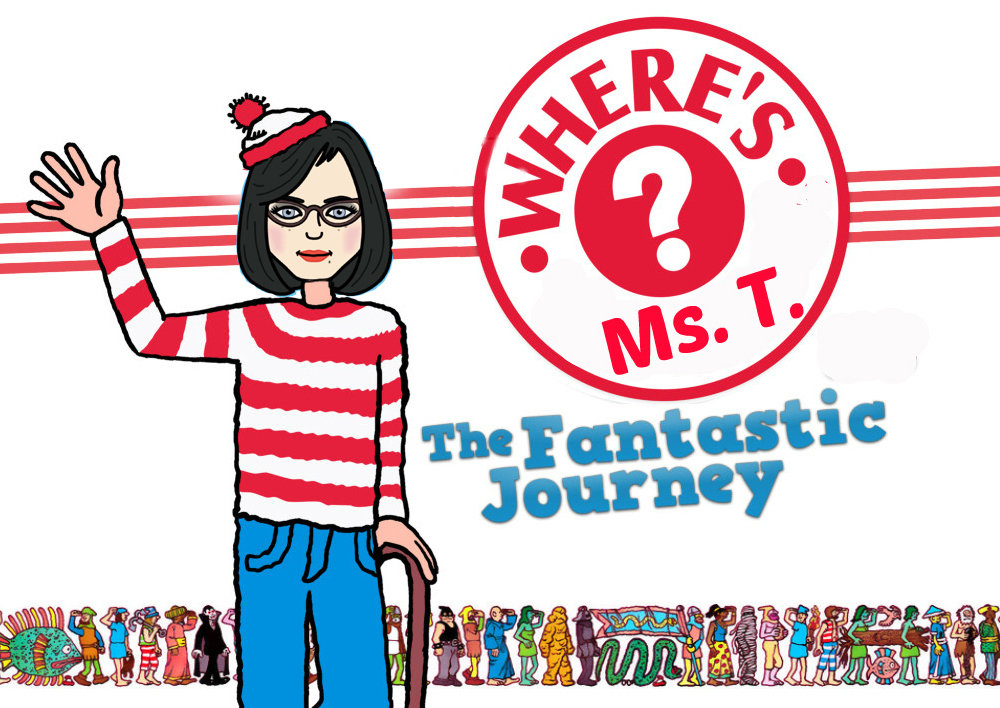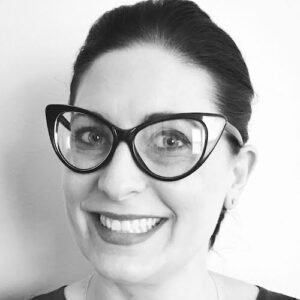Do you want your students to visit more museums? Do you wish your students’ families would seek out culturally enriching experiences?
Why not be the change you want to see by sharing your own artistic adventures with your students?
This year, I decided to let my students see me engaging in different cultural experiences, and the results have been amazing. Today I’m sharing how I used a simple cork board, but you could go about this in many different ways. The key is to make your adventures visible and visually exciting.
Here’s what to do.
- Find a cork board or other flat surface in your art room.
Put this somewhere students are likely to see it. Near the pencil sharpener or by the door are two great choices. - Create a fun theme.
I made myself a Where’s Waldo-inspired emoji to use on my board. The kids immediately responded to this and affectionately dubbed the space the “Where in the World is Ms. T?” board. Find out what your students are interested in and use that to draw them in. - Each time you go on an adventure or visit a place of interest, remember to snap a photo for your board.
Museum trip? Check! Travel? Check! Concert? Check! Print out the photos and add them in real time. You can even save things like ticket stubs and brochures to hang with the photos as inspirational realia.
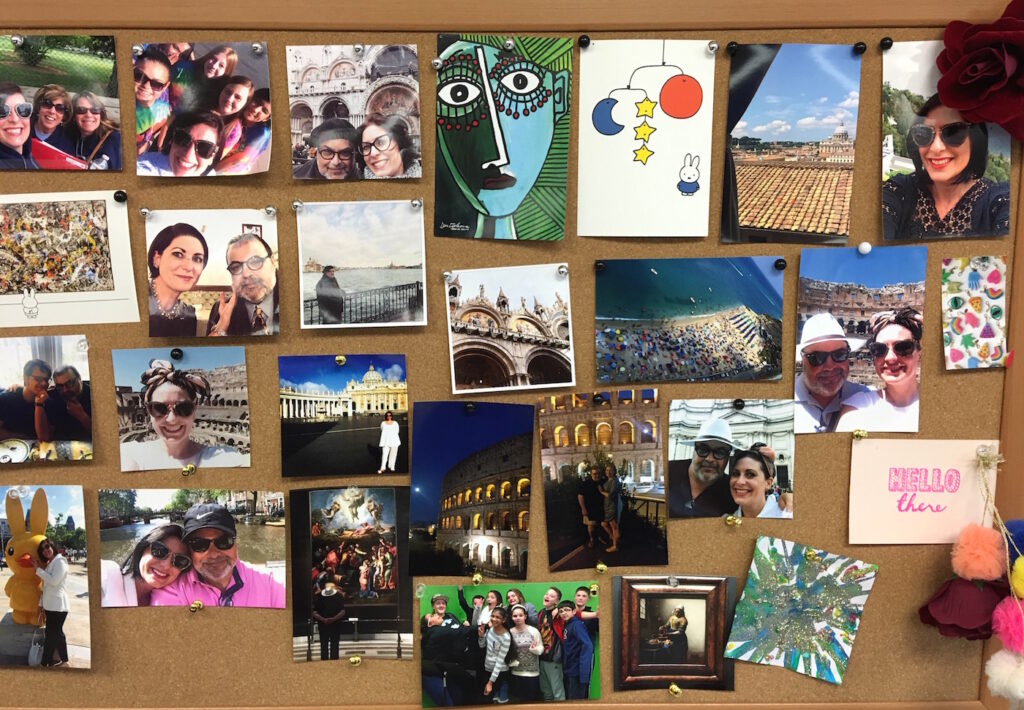
The goal here is not to brag about all the cool things I do. Instead, it is to entice students to think about how much fun they could be having if they sought out similar experiences instead of staying in all weekend watching T.V.
To help families out, you could create a handout or blog post that details different day trips around your area. Including information about discounts or free museum days is always helpful. Don’t forget to include some free options like sculpture gardens, local architecture, or art galleries.
The Results
While my students can’t just hop on a plane and travel to Italy, many of them now have a new, long-term goal because the seed has been planted.
Part of our job is to inspire curiosity and encourage students to interact with the world. We want them to see more fully, listen more carefully, and speak more truthfully. As teachers, we know experience is the best teacher and the human experience is what we make it.
The best art is born of this deeper connection with the world around us.
My little cork board is my way of reminding my students that the world is a vast and amazing place with wonderful discoveries around every corner. The trick is leaving the house and seeking them out!
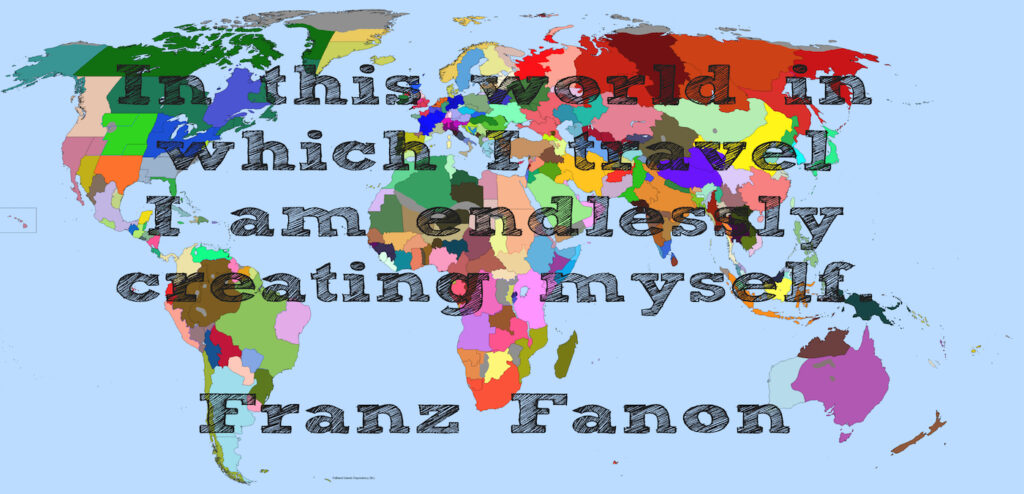
It’s my hope that once students start experiencing things that change their worldview or move their souls, they’ll be hooked forever.
Many students dream of being millionaire Youtubers or professional basketball players, but let’s be honest, those odds are not so hot. While I’d certainly never discourage a student from pursuing their dreams, someone needs to advocate for the smaller pleasures. As writers and philosophers Botton & Armstrong put it in their book Art as Therapy, “Perhaps the most important function of art is to do the opposite of glamorizing the unattainable; it can reawaken us to the genuine merit of life as we’re forced to lead it.”
Life can be hugely beautiful, deep and meaningful without fame, fortune, or intrigue. It’s time our students were reminded of this.
How do you inspire students to seek out and share cultural experiences?
Do you agree or disagree with using yourself as an example?
Magazine articles and podcasts are opinions of professional education contributors and do not necessarily represent the position of the Art of Education University (AOEU) or its academic offerings. Contributors use terms in the way they are most often talked about in the scope of their educational experiences.
